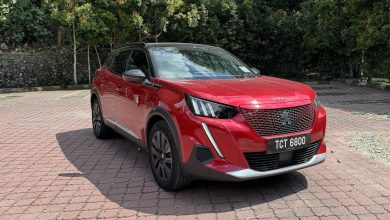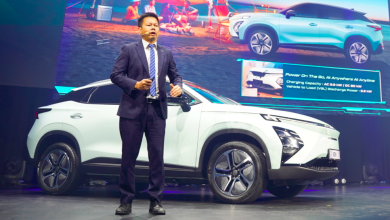Can you guess what can engine is this?

With just one look you would probably think that this partial picture of a car engine belongs to some supercar like the McLaren or even a Pagani. Well, you are not far wrong as both McLaren and Pagani have been known to use the engines from this car manufacturer but at a far different displacement size. This next paragraph will probably shock you when you read to find out where this engine came from.
You probably did not know this. Mercedes-Benz and Renault have been working together for some years now in various areas. Plus, a few years ago they decided to further strengthened ties via the joint development of two new four-cylinder petrol engines. This gave birth to the M282 petrol engine.

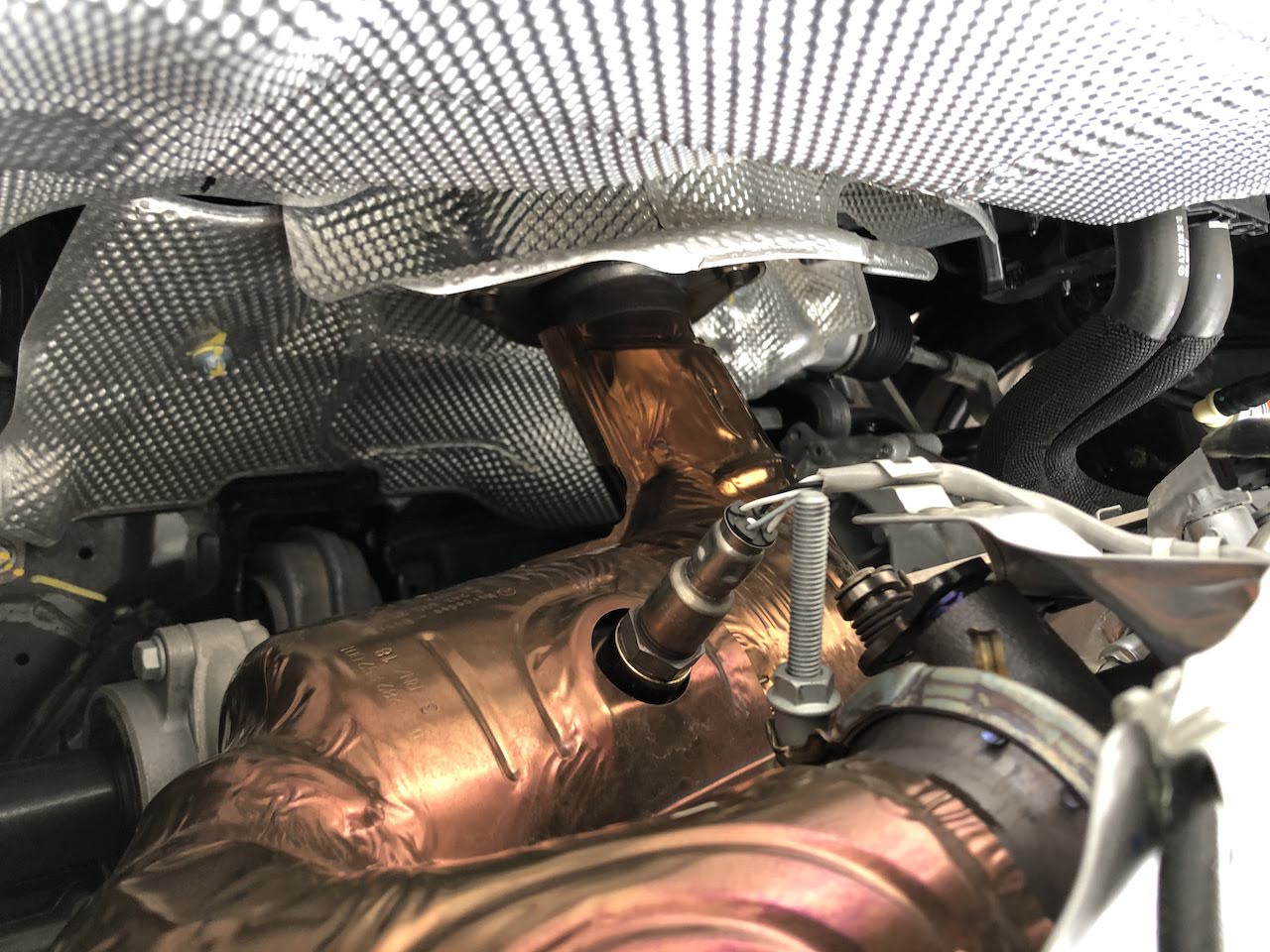
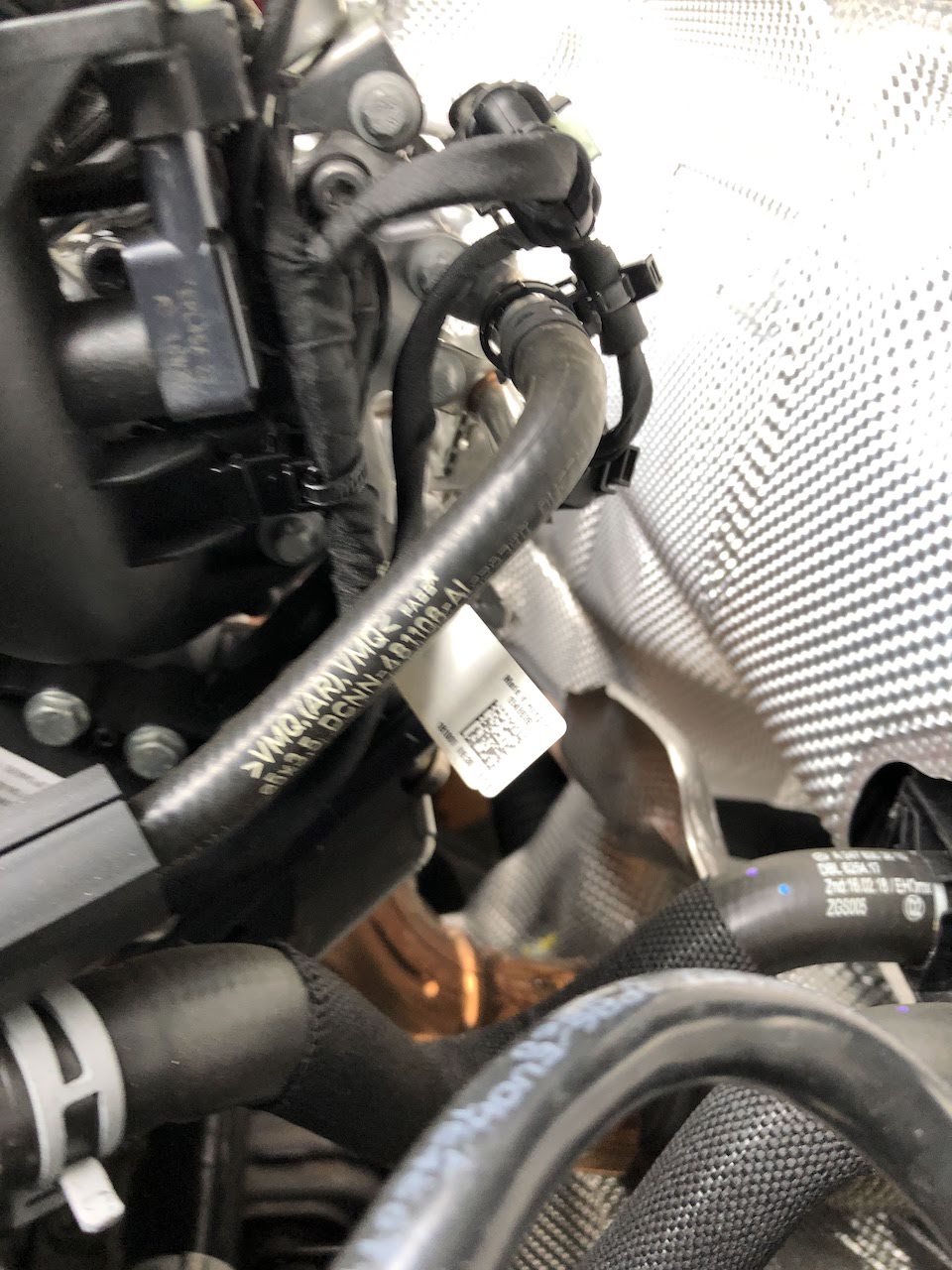

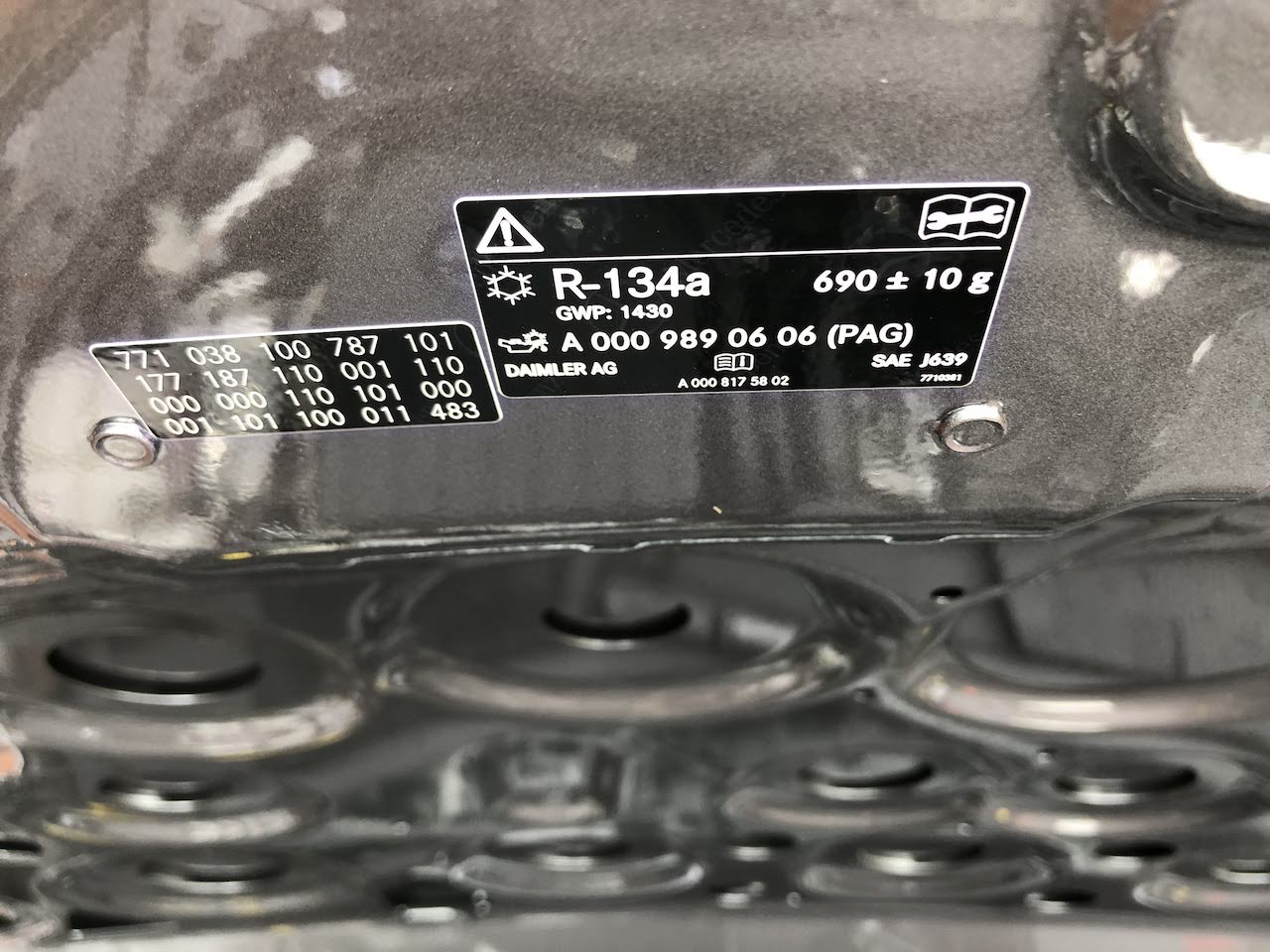

The idea behind the M282 petrol engine was to have a small capacity petrol engine to to be used by both Renault and Mercedes-Benz to achieve the needed low emissions ratings that European nations are insisting from all car manufacturers.

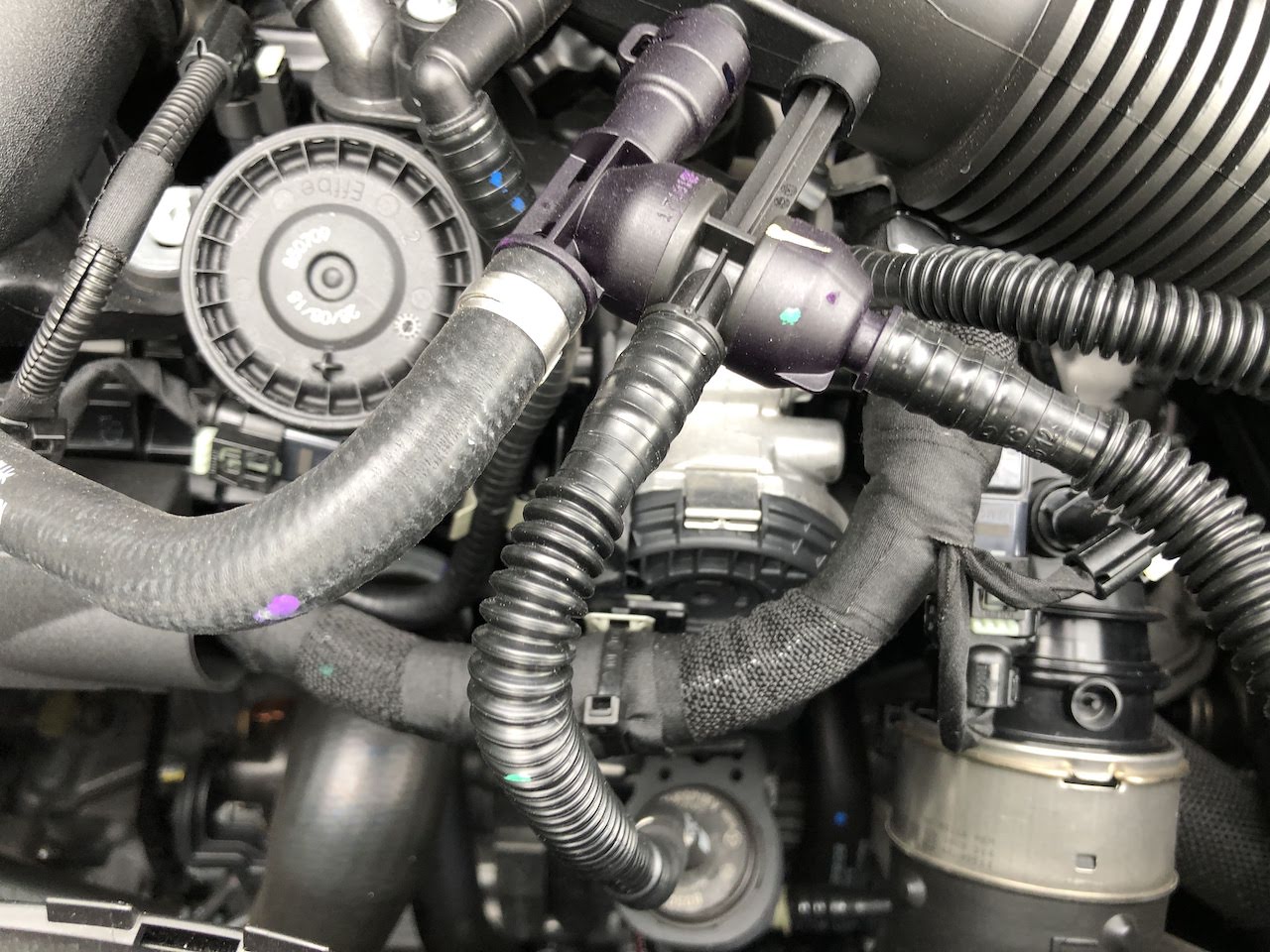
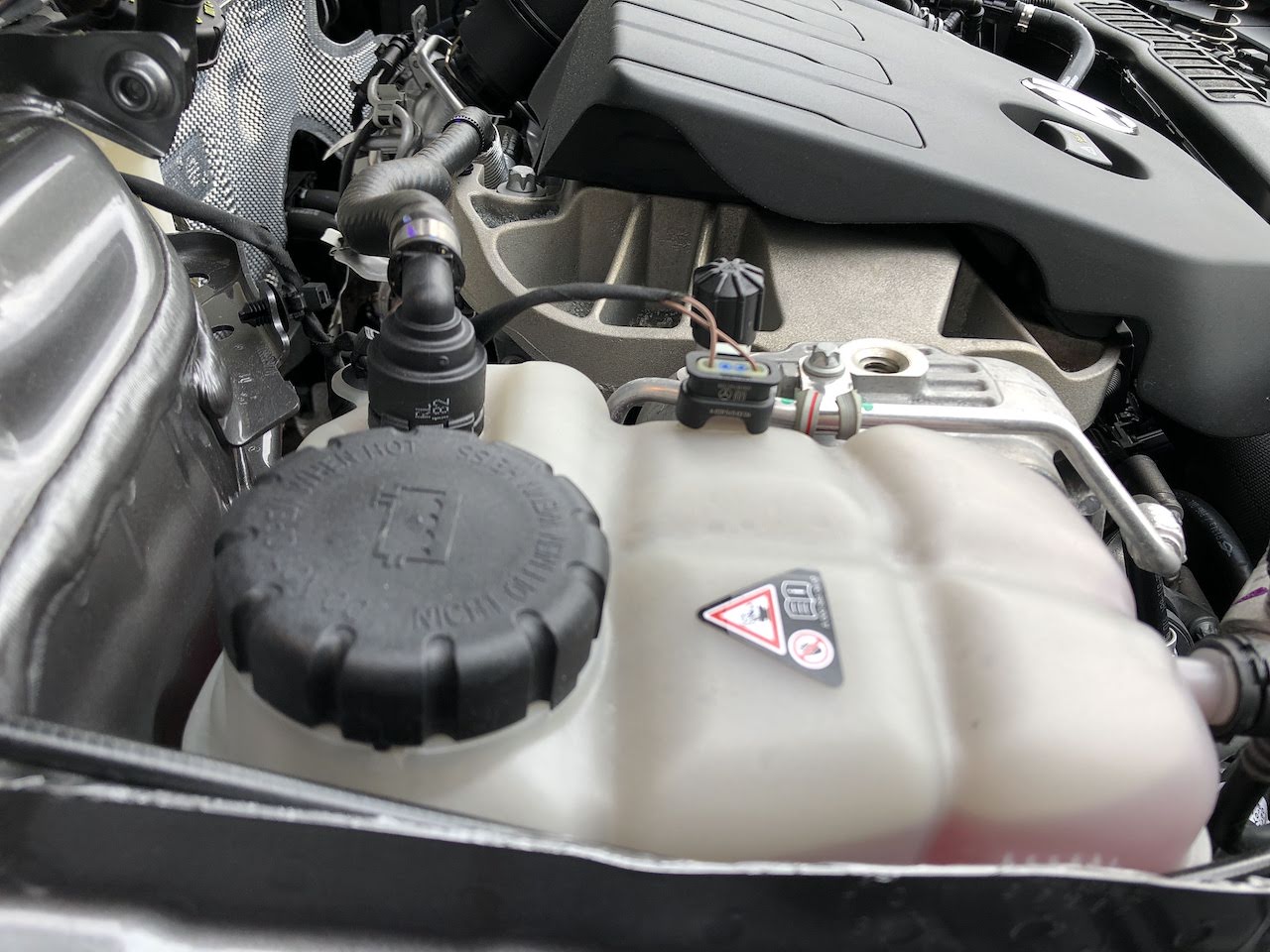
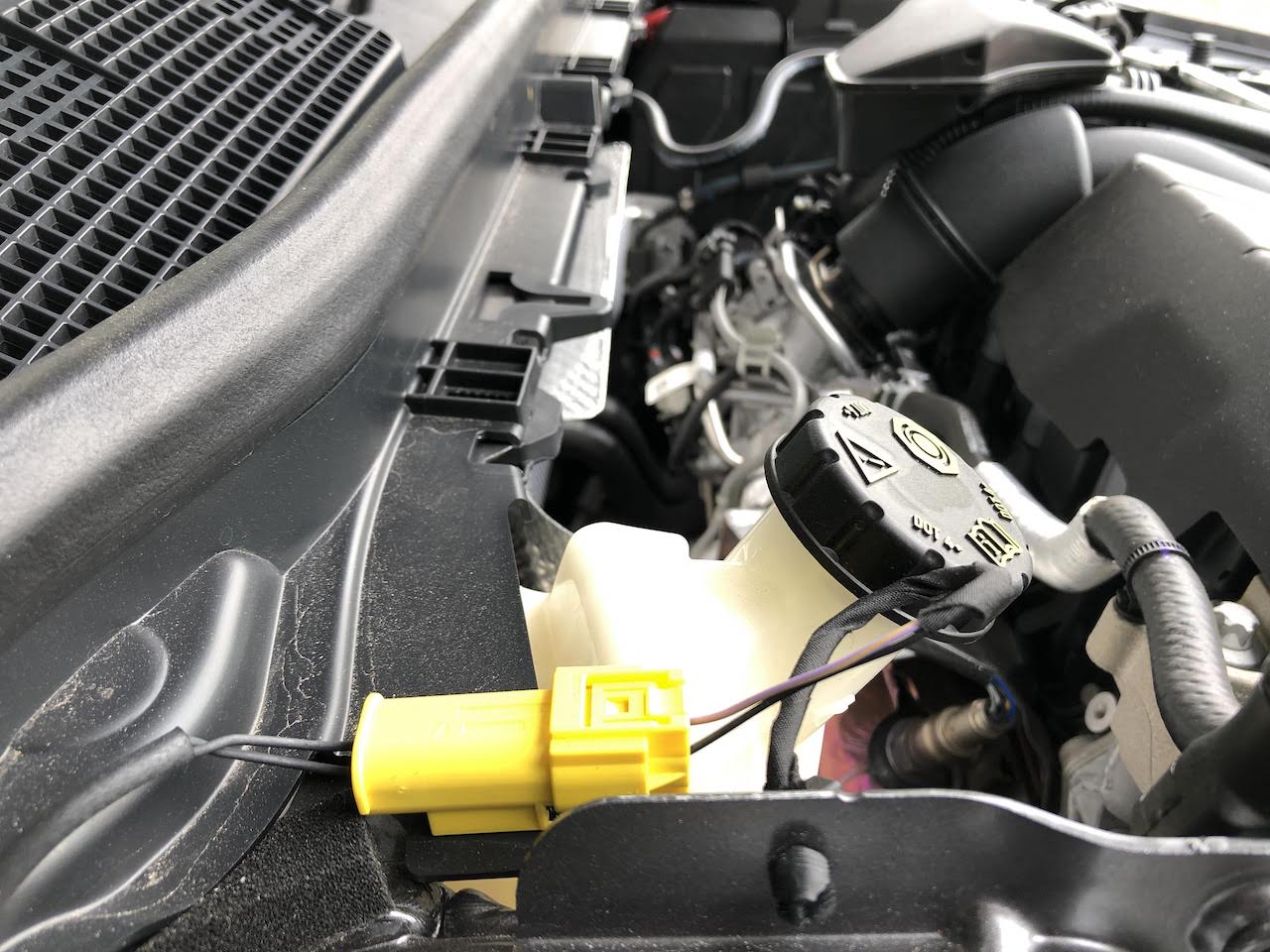
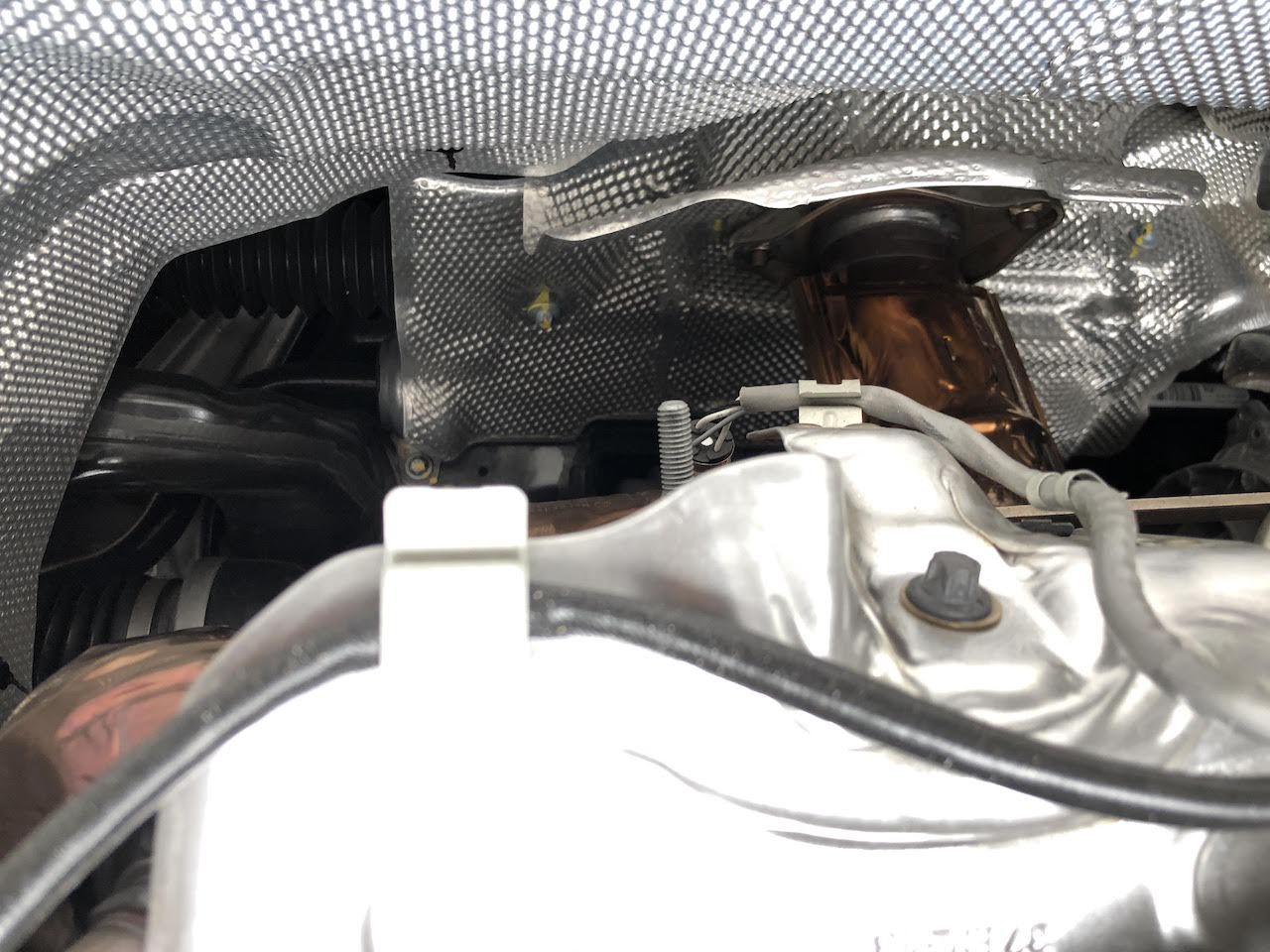
Available at market launch, the new entry level 1332cc M282 engine sits in the latest A-Class 200 and also this latest version of the Mercedes A-Class sedan which we have shared pictures here (previously known as the CLA 200)
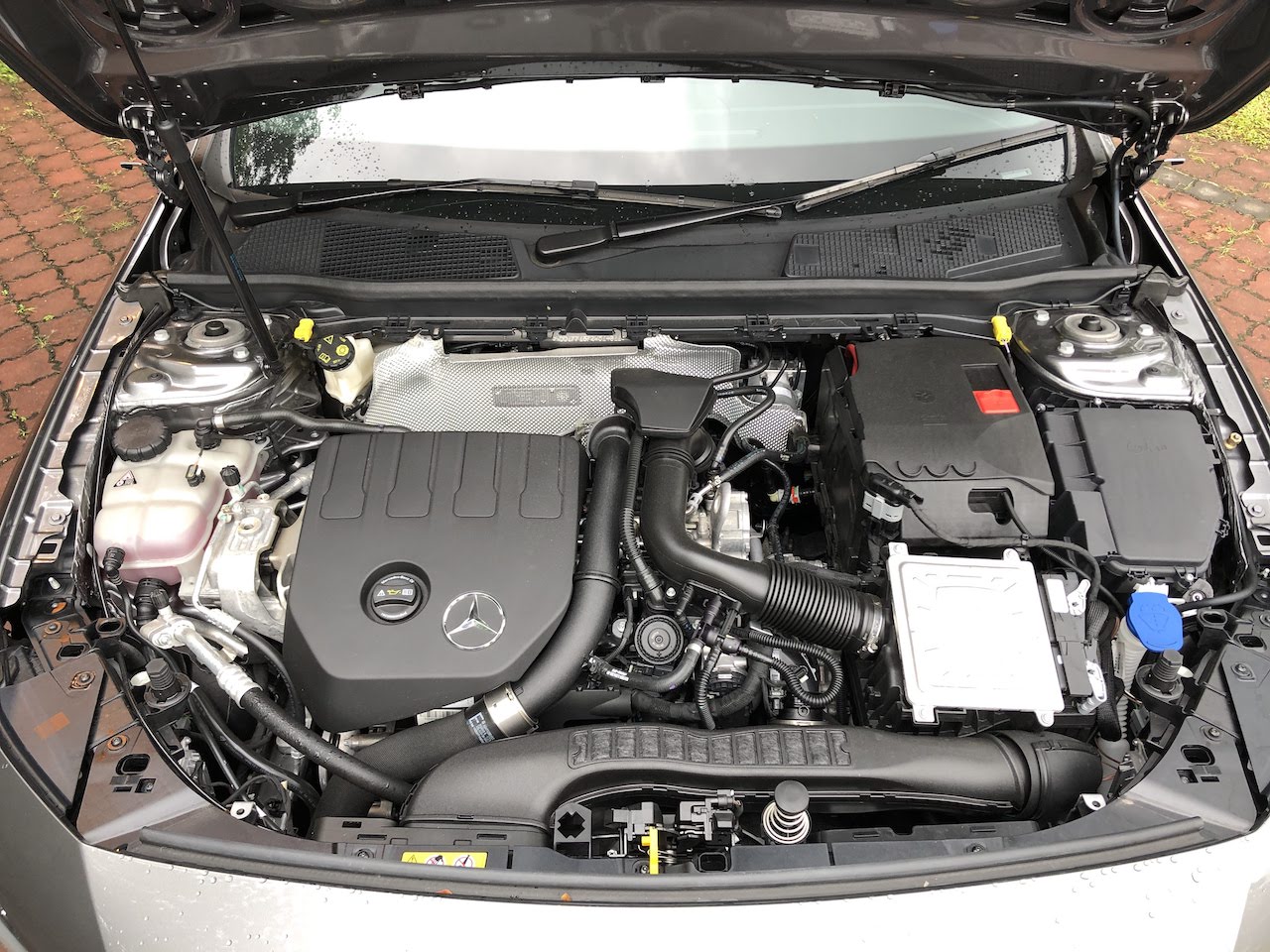
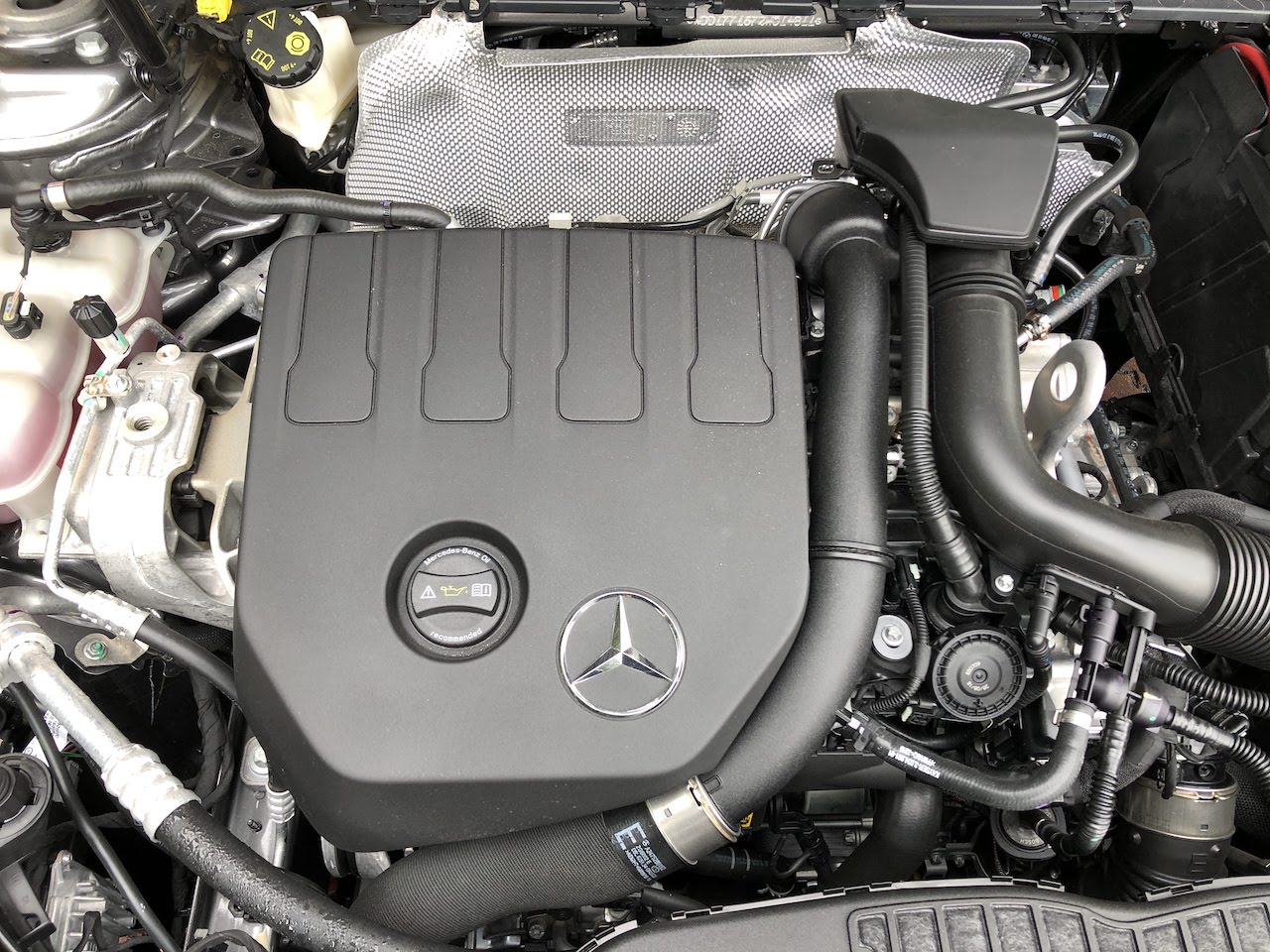
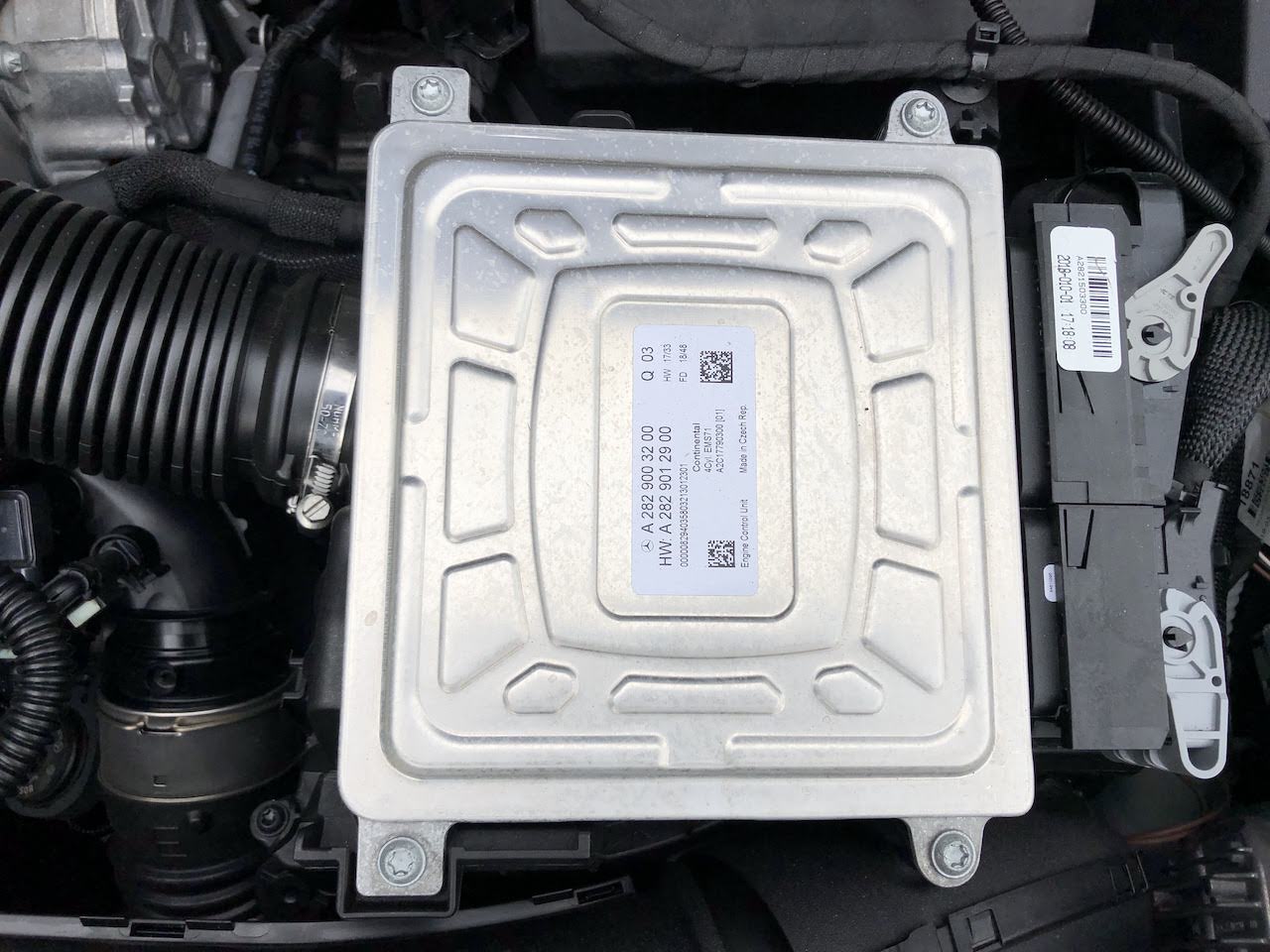
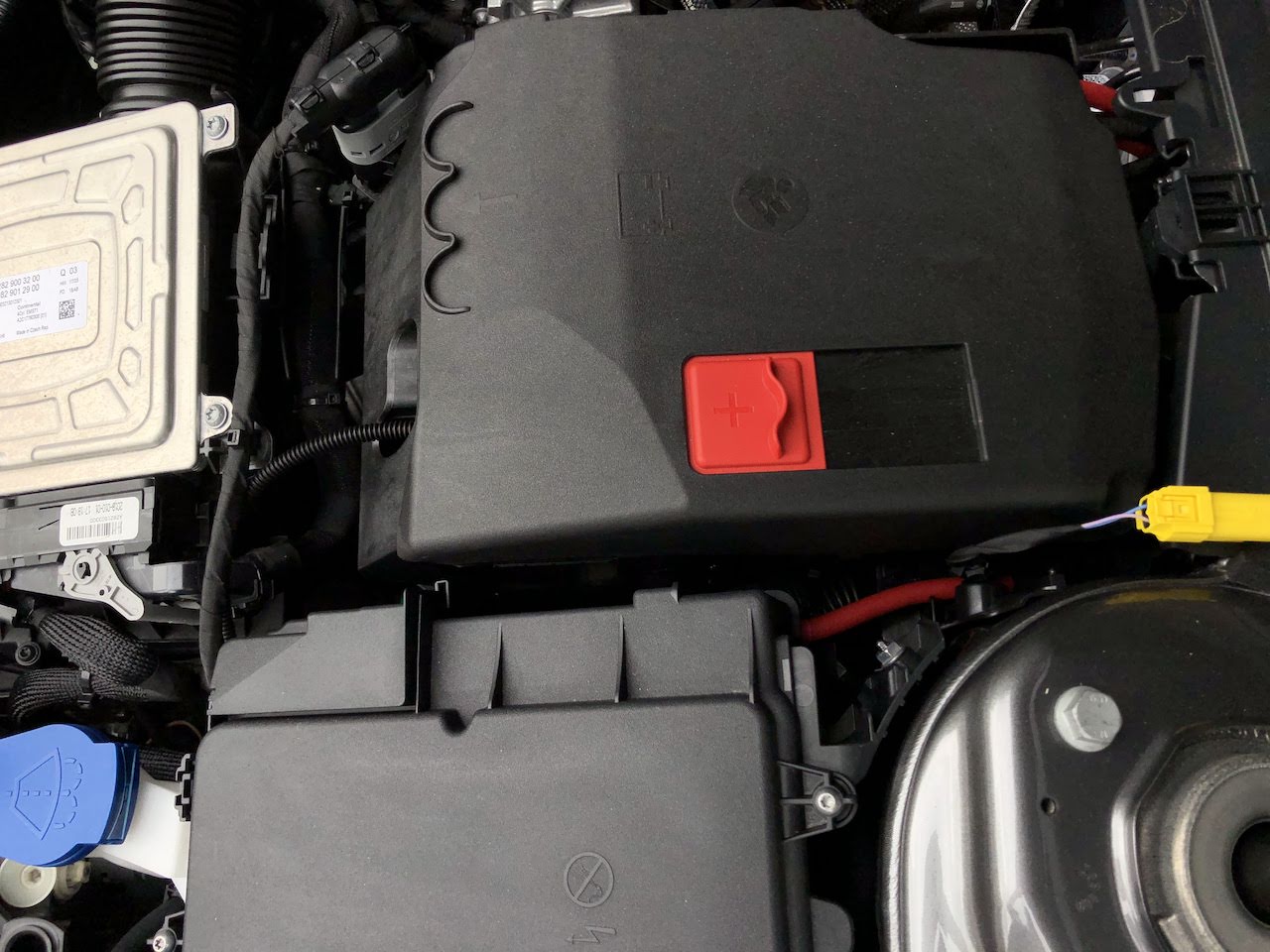

This compact efficient engine produces an impressive 163ps and has cylinder shut-off when needed. It works with a 7G-DCT transmission. This means that, when compared to the previous 1.6-liter powerplant that was in the older A-Class, the output per liter of the all-aluminum engine has been increased by 25%.
The Mercedes-Benz engine is the brand’s first four-cylinder to feature cylinder shut-off. In the partial load range between 1250rpm and 3800rpm, and depending on the power requirement, the intake and exhaust valves of the second and third cylinder are closed by valve clearance adjustment.
The M282 also includes a turbocharger with an electronically controlled wastegate meaning that thanks to flexible charge pressure control, it is also possible to set an optimum charge pressure under partial-load conditions.
The M282 is produced at the Kölleda plant in Thuringia, Germany, and Renault supplies the components of the long block engine.
The result of four years of studies, the new-generation powerplant required over 40,000 hours on the engine test bench and in simulations and underwent 300,000 km of validation testing in extreme conditions (extreme heat, extreme cold, drought and high humidity).
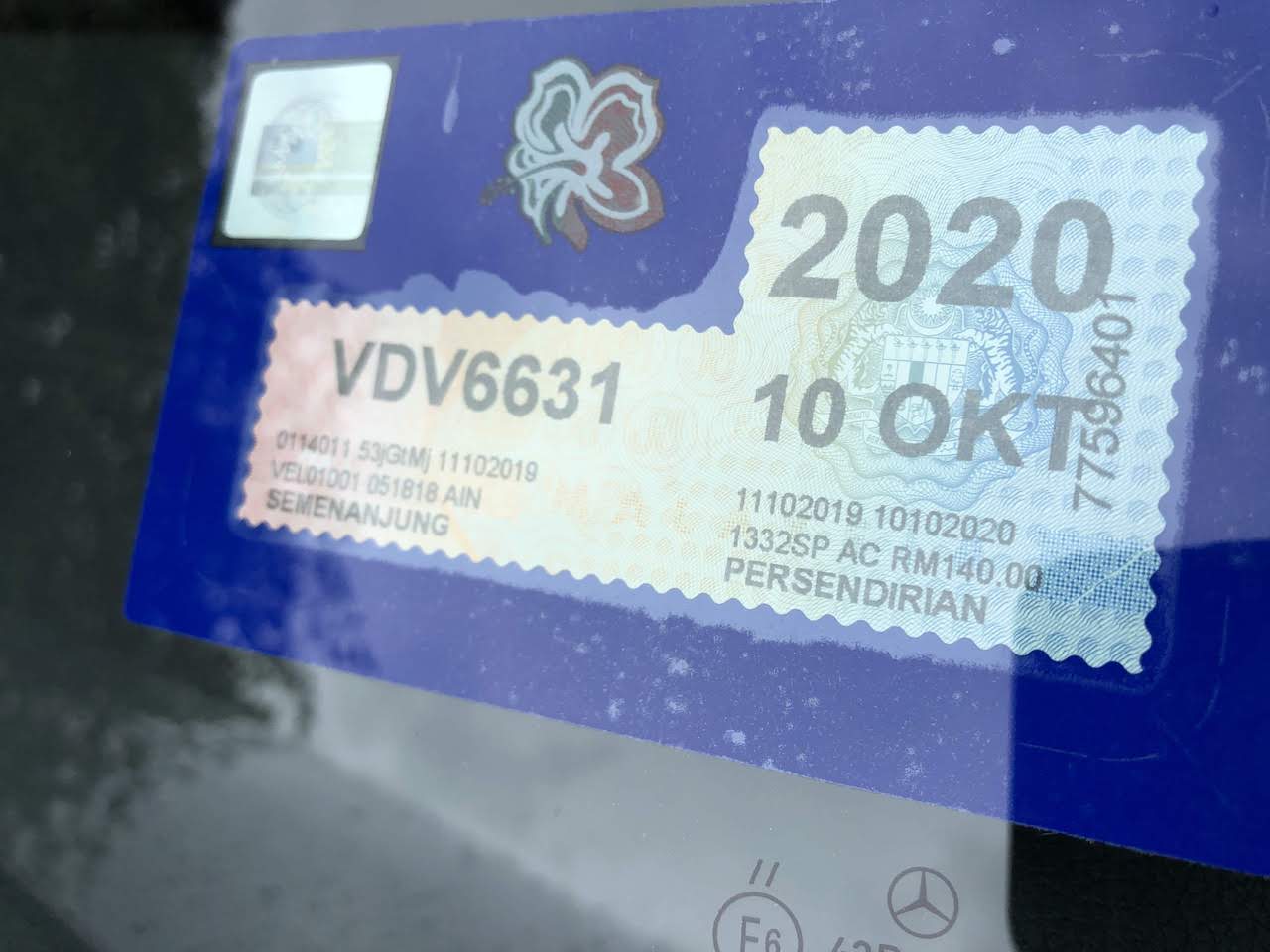
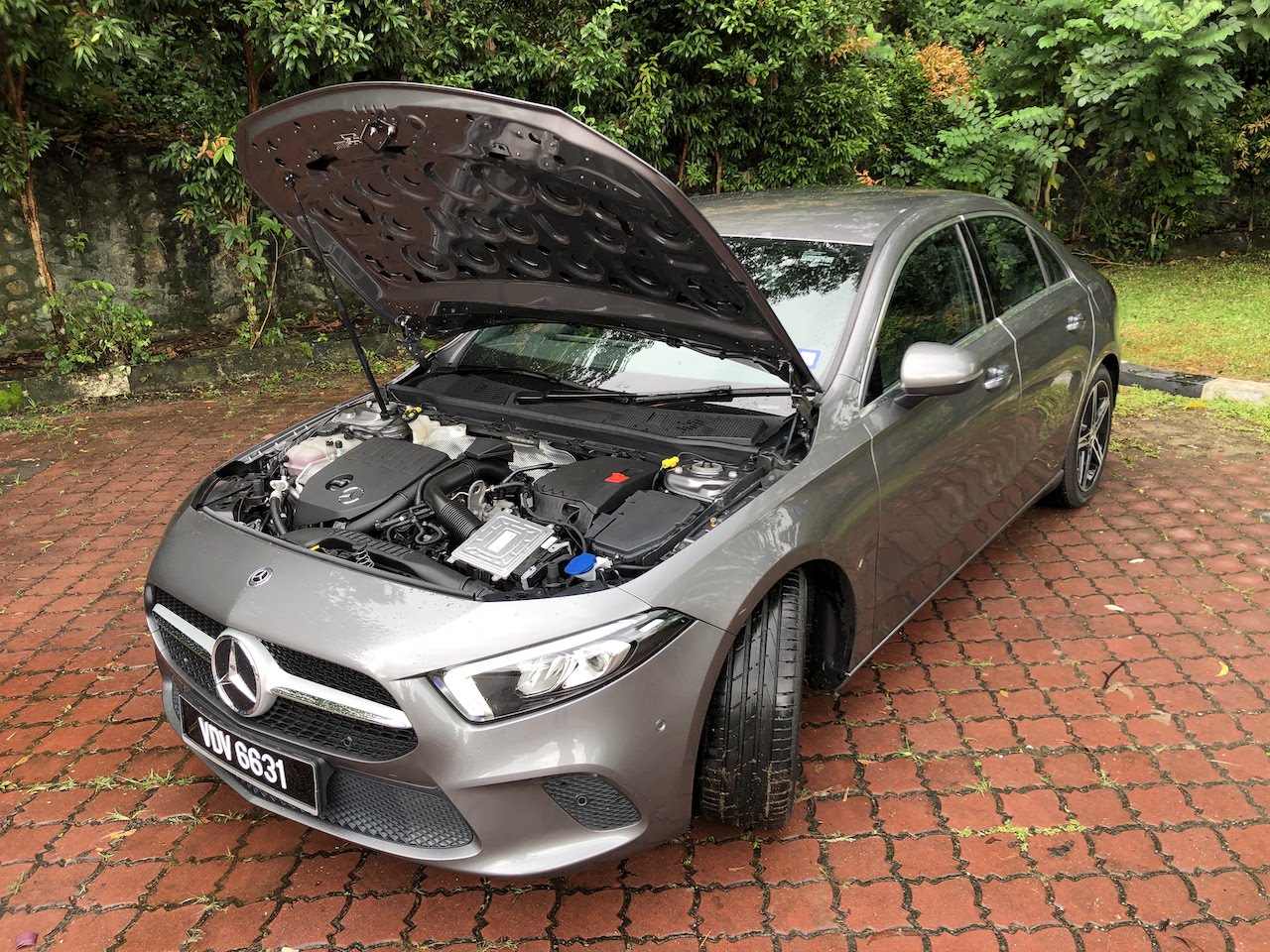
Mercedes-Benz A200 Sedan 1.3 (A)
Engine: 4-cylinder inline 16v turbocharged
Capacity: 1332cc
Transmission: 7G-speed DCT automatic
Max Power: 163bhp at 5500rpm
Max Torque: 250Nm at 1620rpm
0-100km/h: 8.0 seconds
Top speed: 225km/h
Price: RM229,888.00
Fuel Consumption: 17.9km/L
PRESS RELEASE: The new M 260 petrol engine: premiere of CONICSHAPE®
The M 260 four-cylinder engine of the A 250 is essentially a further development of the previous M 270, with an output increase of over 6 percent compared to its predecessor. Its engine block of diecast aluminium with cast iron cylinder liners conceals a world premiere in large-scale production: CONICSHAPE®, also known in-house as “trumpet-honing”. To further minimise piston friction and lower fuel consumption, the cylinder bore is widened at the lower end of the cylinder liners. The resulting, conical shape resembles the mouth of a trumpet. An innovative low-friction oil and optimised piston rings also reduce friction losses. To take account of the higher specific output, the pistons themselves feature cooling ducts. This also ensures more efficient combustion. The balance shafts for smooth engine-running are located in the lower section of the crankcase.
Also new in the aluminium four-valve cylinder head of the two-litre engine is CAMTRONIC, a variable valve timing system that allows two-stage adjustment of the valve lift on the intake side of the valve assembly. In the partial-load range, this variable valve lift adjustment allows less air to be fed to the combustion chamber with a smaller valve lift, which leads to lower gas cycle losses. In higher load ranges the system switches to the higher valve lift to achieve the engine’s full power delivery.
Multiple fuel injection ensures optimum combustion despite the smaller valve lift. This compensates the reduced turbulence of the fuel/air mixture in the combustion chamber in the area of the spark plug. The four-cylinder has direct injection with latest-generation piezo injection valves. The position of the injectors has been optimised to achieve low cylinder wall coverage and therefore lower untreated emissions, especially particulate emissions. A particulate filter is included as standard. Thanks to optimised injection with partial valve lift, the engine runs even more quietly in wide operating ranges. A low level of exhaust emissions has been achieved by further development of the well-proven BlueDIRECT combustion system in conjunction with the standard petrol particulate filter.
The single-pipe turbocharger features an electronically controlled wastegate valve. The previously vacuum-operated actuator has been replaced by a precision electrical actuator, which reports its position and has a higher actuating speed, so that charge pressure control and diagnosis are significantly improved. This allows charging to be more precisely controlled.
The oil circuit is supplied with engine oil on a demand basis. Sensors monitor the oil pressure so that the supply volume can be adjusted. The cooling circuit has an electronically controlled thermostat which allows the engine temperature to be optimally set to suit needs.
To make engine operation more comfortable, a new centrifugal damper has been introduced into the powertrain as an addition to the balance shafts. This improves the engines NVH characteristics and allows comfortable driving possible at lower rpm. The exhaust system with flap control has the same purpose.
The engine is configured for front-wheel drive and 4MATIC all-wheel drive, and combined with the 7G-DCT dual clutch transmission. The M 260 engine is produced by the Kölleda plant.
The new OM 608 diesel engine: quieter and cleaner
The entry-level OM 608 diesel engine in the A 180 d is a new development based on the OM 607. It is more powerful (85 kW, 5 kW more), has further reduced emissions, complies with EU 6d temp including the new requirements relating to Real Driving Emissions – RDE, and has optimised noise characteristics.
New technological components include the improved turbocharger with variable turbine geometry integrated into the exhaust manifold. An electric actuator now adjusts the turbine geometry Together this makes for a more immediate charging response. The intake air is now cooled by an engine-mounted water intercooler.
The installed height of the new aluminium cylinder head has been reduced, and the moving masses of the valve assembly reduced. The intake manifold is now integrated into the cylinder head cover. The pressure of the common-rail injection system has been increased to 2000 bar (previously: 1600 bar). The electro-magnetically controlled injectors have eight injection holes. This allows precise combustion control by up to six injections per working cycle. Dual pre-injection is used to optimise combustion noise in wide operating ranges, and the injectors are sealed in their shafts.
The cast-iron engine block has been made lighter, while increasing its rigidity. Weight-optimised steel pistons are used as before. A demand-controlled oil pump is used, with a pressure regulating valve adjusting the oil pressure on the basis of need and temperature-dependent characteristics maps.
For sound insulation, the sump has a polyurethane foam cover, the engine cover an interior foam lining and the design cover an interior PET lining.
For low emissions, the OM 608 is equipped with high and low-pressure exhaust gas recirculation. The compact exhaust aftertreatment system is near-engine mounted. Alongside the oxidation catalytic converter and the particulate filter, SCR catalytic converters with AdBlue® metering are used for the first time in this engine class. The particulate filter also has an SCR coating. A large AdBlue® tank with a capacity of 23.8 litres ensures long refilling intervals, and has its own, externally accessible filler neck next to the diesel filler neck.



